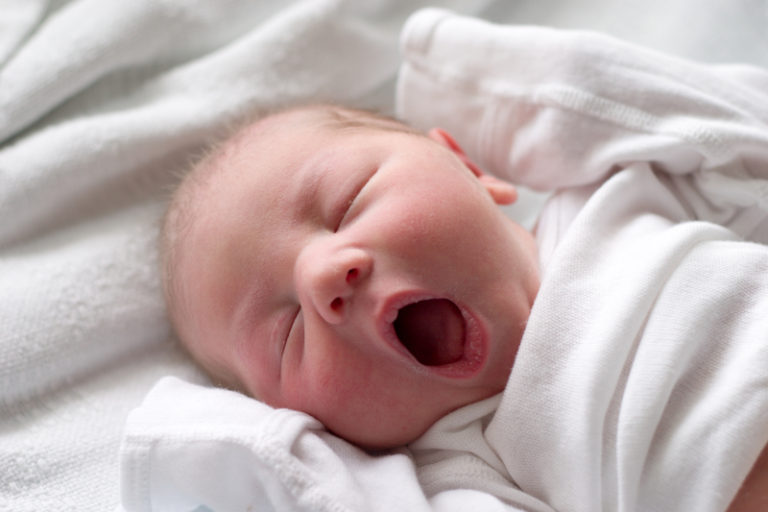This blog post will go over a few general ideas for our parents. We will also be sharing more specific activities in detail in our instagram and facebook during these days. Stay tuned!!
1. Move, move, MOVE!!!
Kids have SO MUCH energy, specially after being cooped up in the house for a long time. Make sure they burn all that energy so they are able to relax later (and let YOU relax, too). Here's some energy burning activities you can play with your kiddos:
Scavenger hunts (in your yard or around the house), tape games, ballon games, Solo cup PingPong (have them catch the ball with a Red Solo Cup), Crab Walk races, Charades, Dance Freeze, Cosmic Kids Yoga, Solo cup bowling. (Stack up some cups, use whatever you have that is round to knock them down. An orange, for example!)
Scavenger hunts (in your yard or around the house), tape games, ballon games, Solo cup PingPong (have them catch the ball with a Red Solo Cup), Crab Walk races, Charades, Dance Freeze, Cosmic Kids Yoga, Solo cup bowling. (Stack up some cups, use whatever you have that is round to knock them down. An orange, for example!)
2. Get Creative & Messy
It is inevitable that your kids will eventually get bored. Well, the cure to boredom is creativity! Here are some ideas on how to be creative and have fun being messy:
- If the weather is not too cold, let the kids go puddle jumping or make some mud pies. Throw them in the shower/tub when they are done!
- DIY stained glass windows. Put painters tape on the window or glass slider, Use WASHABLE paint or markers to color in the areas you have taped off. When dry, pull them off and you have a cool design!
- Play Indoor counting crochet
- If you have a backyard, there are lot's of things you can do with it : Explore your backyard
Other creative ideas include the following:
- If the weather is not too cold, let the kids go puddle jumping or make some mud pies. Throw them in the shower/tub when they are done!
- DIY stained glass windows. Put painters tape on the window or glass slider, Use WASHABLE paint or markers to color in the areas you have taped off. When dry, pull them off and you have a cool design!
- Play Indoor counting crochet
- If you have a backyard, there are lot's of things you can do with it : Explore your backyard
Other creative ideas include the following:
Recreate your favorite movie as a play, have a dance or karaoke party, a talent show, camp out in the living room and pretend to make s'mores in the microwave, do a cosplay, paint your face, do some arts and crafts, draw together, blow bubbles, play with Legos, origami...
3. Telling stories
If your kids are too little to read, you can read to them. If you have more than one kid and one of them can read, you can have them read for the little one. Whatever works for you! There is also the option of audio books. Actually, Audible has made available a wide selection of kid books while the schools are closed. This is a perfect time to take advantage of this offer!
You can also play the game Turbocharge Storytime: Choose a word that will be repeated often (“green,” for instance, if you’re reading Green Eggs and Ham) and have your child stand up or sit down each time he hears it.
Another fun game you can play is to create your own story! You take turns with you kids and each one of them adds a sentence to a story.
If your kids are a little older you can each write two lines of a story. Then you fold the paper down, hiding the first line but keeping the second line visible. The paper is passed to the next person, who uses the one visible line to build their own two-line story. The story continues to build, then hilarity ensues as the final result is read aloud.
Another fun game you can play is to create your own story! You take turns with you kids and each one of them adds a sentence to a story.
If your kids are a little older you can each write two lines of a story. Then you fold the paper down, hiding the first line but keeping the second line visible. The paper is passed to the next person, who uses the one visible line to build their own two-line story. The story continues to build, then hilarity ensues as the final result is read aloud.
4. Educational screen time!
Technology makes it super easy for everybody to learn. Here is a list of virtual tours that you can take with your kid.
And here are some websites and apps for kids different ages that are awesome learning resources!
And here are some websites and apps for kids different ages that are awesome learning resources!
5. Cook together!
Set up a restaurant, and have them cook breakfast or lunch. They will have so much fun feeling in control and being able to try their own creations. You can give them the instructions and have them follow them, and you can even record a video of them cooking to make it more appealing to them, just like this cutie below!
You can also make your own homemade playdough or even pizza together
6. Make chores into a game
The house is bound to get messy, so what better thing to do than to clean it together! If you have more than one kid, these chores can easily be turned into games through competitiveness. Otherwise, you can compete against your kid... but don't be too harsh on them!
You can also hide treats, stickers, or pennies in, on, or under knickknacks, then ask your child to dust. Make sure they get to enjoy the rewards only when everything is dusted!
Do you have a pile of socks that need to be matched? Play "Go Fish" with your kids! Divide the socks among the players, leaving a pile to draw from. Each player, in turn, holds up a sock and asks another player if he has the mate. If not, the asking player must take a sock from the top of the draw pile. When finished, the player with the most pairs wins.
The possibilities are endless!
7. Puzzles / boardgames
Keep those little minds active and engaged with puzzles and boardgames. There are so many good boardgames out, or even just card games! Scrabble, Monopoly, Chutes and Ladders, Rummy, War, Go Fish, Solitatire, Uno...
8. Relax
Even kids need to relax every now and then. When you notice your kid is running low on energy, and doesn't feel like doing anything (here's to hoping that will happen!), have them take a nap, or let them have some non educational screen time. It's ok not to be productive sometimes.
9. Other Resources/ideas
- Kids still driving you nuts?! Write ideas for fun things, learning or chores on Popsicle sticks or pieces of paper and put them in a jar. When you need them to find something to do, have them pick something from the jar!
- We found this Google Document full of different resources and Ideas for indoor activities. Click on the "Things for Kids" tab for kid-related ideas. I'm sure you will be blown away by the amount of resources you'll find there!
- Check out the website ZeroToThree. It's a national nonprofit organization that informs, trains, and supports professionals, policymakers, and parents to improve the lives of infants and toddlers.



















